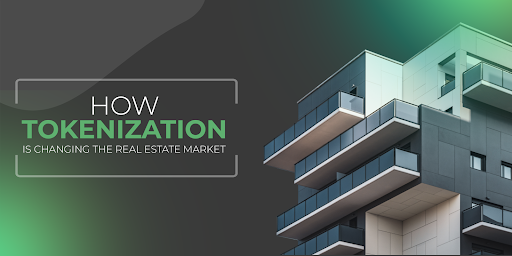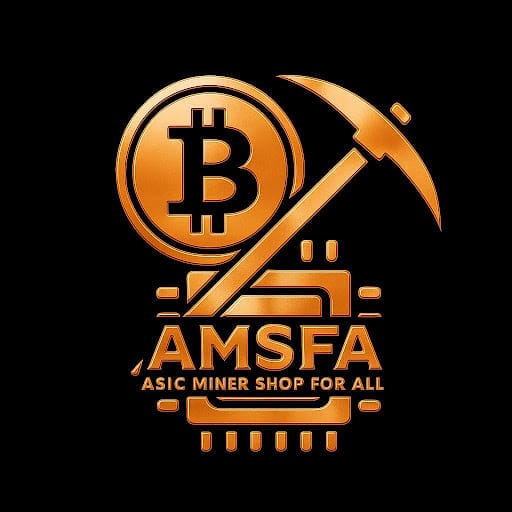Tokenized Real Estate: A New Era of Digital Assets and Global Market Transformation

In recent years, the global financial system has entered a phase of profound digital transformation. Whereas tokenization once seemed like an experiment, today it is being eyed by major institutional players, developers, technology companies, and international funds.
Tokenized real estate is becoming a new asset class that combines:
· The stability of the real sector,
· The flexibility of blockchain technologies,
· Global access to capital.
Algorithmic asset management: Aladdin logic and modern AI systems
Intelligent asset management systems have become one of the key drivers.
The best known is Aladdin from BlackRock, a platform that analyzes risks and asset behavior in real time.
These principles are reflected in new platforms.
Hilter, a pioneer in real estate tokenization, uses its own intelligent management model—Hilter AI Core—which operates according to the logic of Aladdin-class systems:
• risk assessment,
• scenario forecasting,
• flow analysis,
• asset allocation optimization.
This allows for effective management of tokenized real estate portfolios in a digital environment.
Gold ETFs: an example of digitalization that changed the industry
To understand the power of real estate tokenization, just think about the path taken by gold.
Before ETFs appeared, investors worked only with physical bars and coins — expensive, inconvenient, and risky.
The emergence of gold ETFs (GLD, IAU, etc.) turned the metal into a convenient digital instrument backed by real reserves.
The results were impressive:
• gold became liquid,
• accessible to the mass market,
• easily integrated into portfolios,
• completely transparent.
The same thing is happening now with real estate — but the effect could be even greater.
Why the effect of real estate tokenization may be stronger
Gold is a valuable metal, but its functionality is limited.
Real estate is the foundation of the economy: housing, business environment, infrastructure.
Each property:
• Generates rent,
• Creates jobs,
• Participates in the urban economy,
• Ensures demand for decades.
And unlike metals, real estate is not a commodity.
It is a living environment.
The digitization of this asset class is creating an effect that could surpass the transformation of the gold market.
The examples of Dubai and Singapore: what was there before — and what is opening now
Dubai and Singapore have become symbols of economic growth:
• Rapid growth,
• Large-scale construction,
• Capital inflows,
• Global appeal.
But these cities were built before the advent of tokenization technology, in an era when capital was raised through banks, funds, and traditional financing schemes.
Now imagine:
what will happen when cities begin to develop based on global, digital capital — available 24/7 to investors from around the world.
It is tokenization that opens the door to the emergence of cities of the future, capable of being built faster, more transparently, and more efficiently.
Global players are already entering the tokenized asset market
1) Trump Organization and Dar Global Project
A joint project to build a resort complex in the Maldives involves the possibility of tokenizing shares in the property, which is a landmark example of the interest of major international brands and developers in digital ownership models.
2) World Liberty Finance
A number of analytical sources note that the new wave of digital platforms sees tokenization as the basis for future financial products.
3) BlackRock and Vanguard
Both companies are preparing infrastructure for real-world assets (RWA), studying the mechanisms of digital transformation of asset classes such as real estate, bonds, and commodities.
Hilter's HRS token: an example of a new standard in digital real estate
The HRS token is one of the first specialized products on the real estate tokenization market, operating on the basis of the Tron network's stablecoin ecosystem (TRC-20).
The standards used (ERC-3643, ERC-1400) enable the tokenization of property rights and debt obligations, making the asset liquid and recognized on international markets.
Why is this important?
1) Tron — high speed
The Tron network provides fast and inexpensive transactions, which is critical for a market that requires the rapid exchange of digital shares of assets.
2) Pegging to stablecoin — reduced volatility
The stablecoin-based model provides:
• predictable costs,
• protection against sharp market fluctuations,
• convenient settlements for international investors.
3) Security and maturity of the ecosystem
Tron is one of the most widely used networks for large transaction volumes.
Its infrastructure supports a high level of reliability and distribution.
4) Liquidity
A token operating under the stablecoin standard is easier to scale and integrate into exchanges, wallets, and DeFi services, ensuring accessibility and convenience for investors.
Thus, HRS utilizes a technological foundation focused on long-term sustainability and mass liquidity.
Conclusion: a new financial architecture is taking shape
We are witnessing a transition to a model in which real assets acquire digital properties:
- Instant liquidity,
- Global accessibility,
- Automated management,
- Transparency of ownership.
The tokenization of gold once changed global markets.
The tokenization of real estate has the potential to do the same, but on a much larger scale.
Intelligent platforms, Aladdin-level technologies, the participation of global corporations, and the emergence of projects such as HRS are forming the basis of a new era—an era of digital cities, digital assets, and digital real estate.




